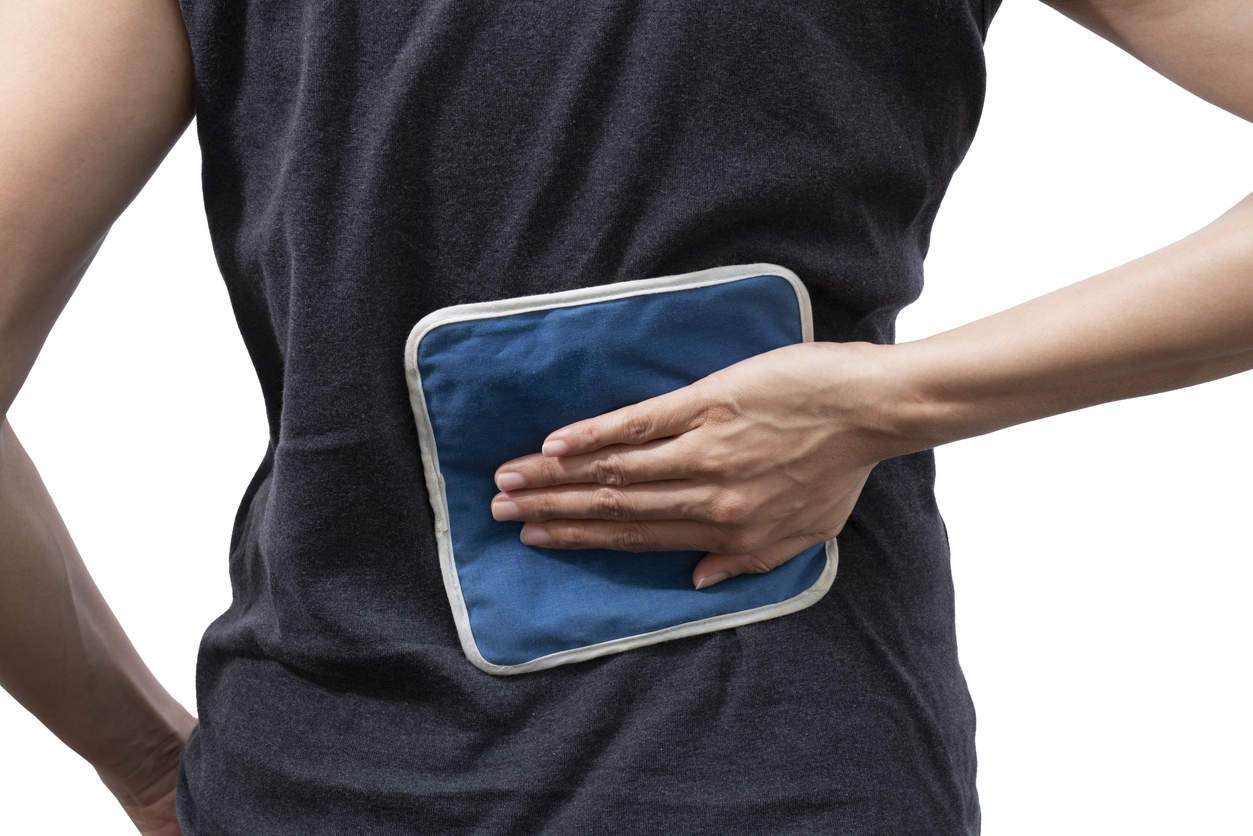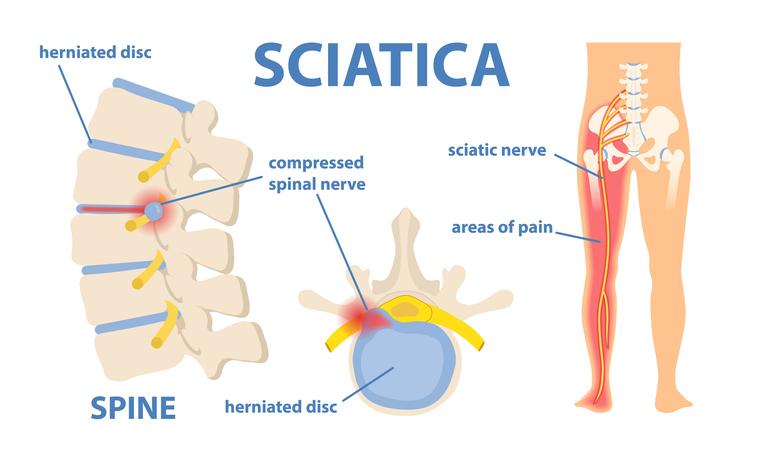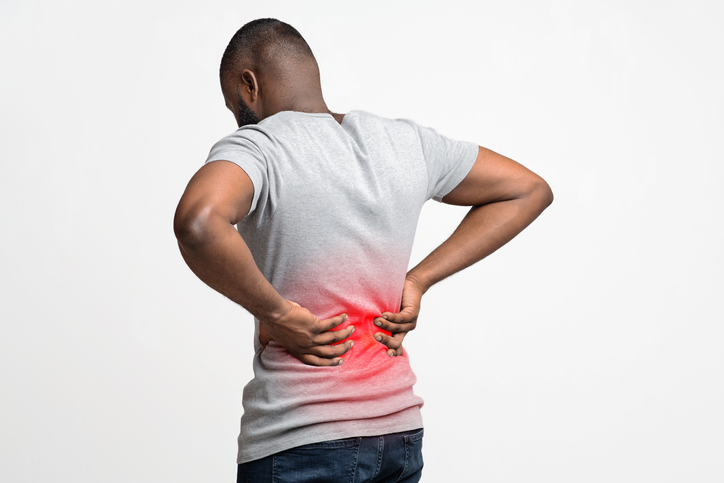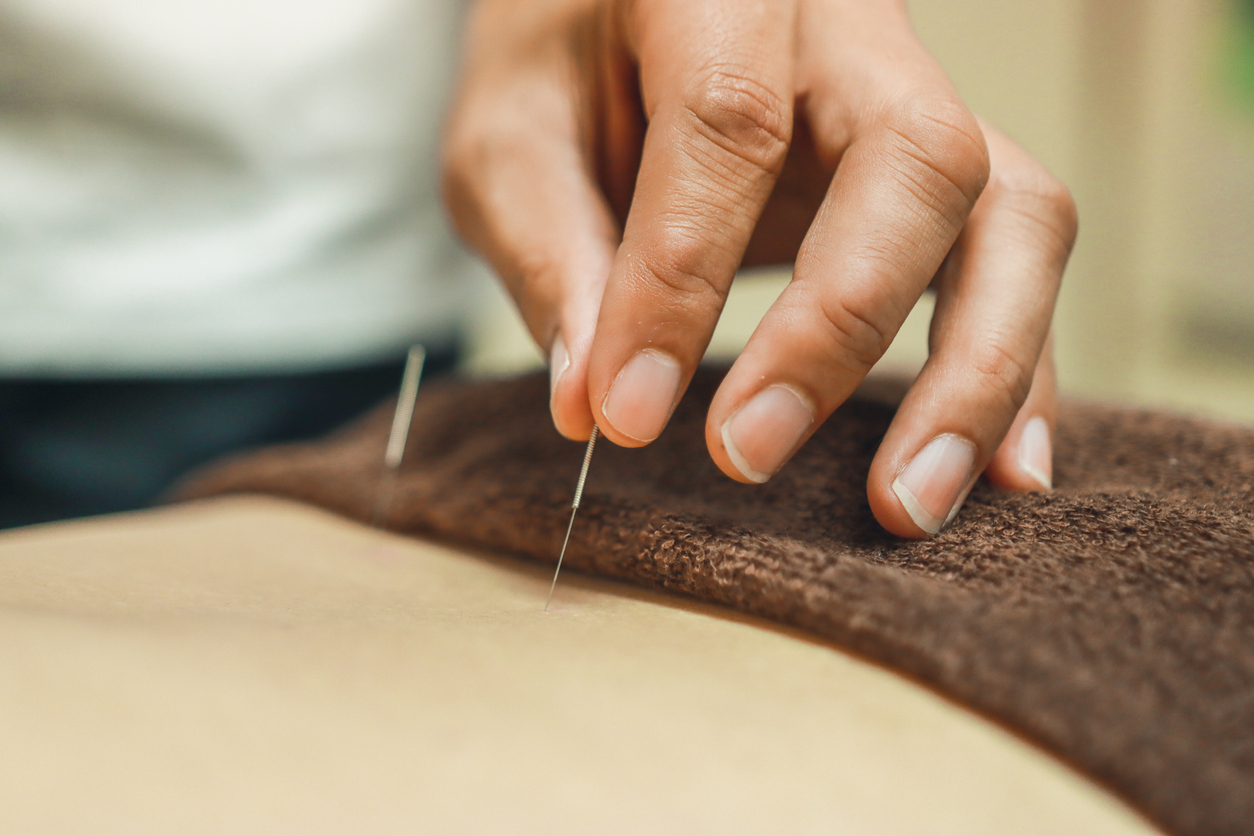Pain
At-Home Treatment Options for Sciatica

What is sciatica?
Sciatica, or sciatic nerve pain, refers to pain that occurs when the sciatic nerve root in the lower back becomes compressed, irritated or inflamed. Sciatic nerve pain radiates from the lower back, into the buttocks, and down the legs. It is most commonly the result of a herniated or slipped disc, bone spurs, or spinal stenosis.
At-home treatments for sciatica
In addition to conventional treatment plans and alternative and complementary treatments, sciatica pain may be relieved with certain at-home treatment options. Most cases resolve on their own within a few weeks; however, if pain is severe and debilitating, a health care professional should be consulted.
Trial and error often determines which treatment, or combination of treatments, most effectively reduces pain. At-home treatment options for sciatica include, but are not limited to, the following:
- Over-the-counter medications, such as NSAIDs, acetaminophen, aspirin or naproxen, can reduce pain and inflammation. Care should be used when taking aspirin, as it can cause ulcers or internal bleeding.
- Temperature therapy involves the use of heat or cold to reduce pain. Heat therapy relaxes stiff joints and muscles; whereas, cold therapy numbs acute pain and reduces inflammation. For the first few days following the onset of sciatic nerve pain, an ice pack or frozen vegetables should be wrapped in a towel and placed on the painful area for 20 minutes several times each day. A low-temperature heating pad or hot pack can then be applied to the affected area for 20 minutes each hour. Alternating between heat and cold therapy is also a good option.
- Physical activity includes gentle stretching exercises for the lower back to help reduce pressure on the sciatic nerve root while keeping the muscles flexible. Stretches should be held for approximately 30 seconds. Twisting, jerking or bouncing can cause additional pressure on the sciatic nerve and should be avoided. A health care professional should be consulted to determine which stretches and exercises work best.
- Resting can provide time to heal, reduce inflammation, and help reduce pain. However, excessive bed rest or prolonged inactivity can cause the joints to stiffen and the muscles to become weak.


















